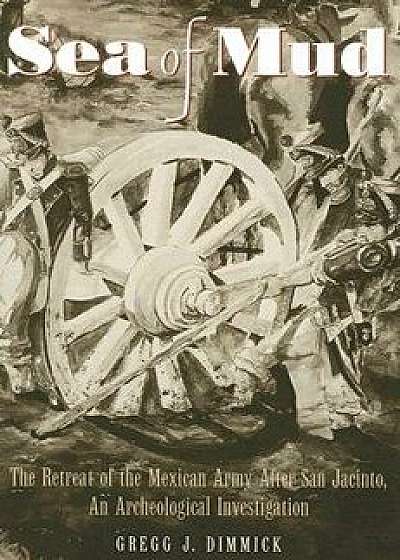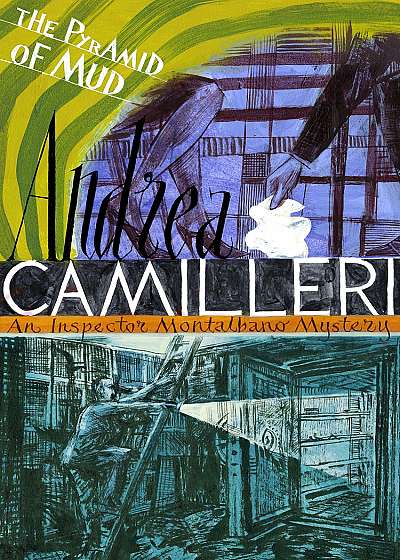
Sea of Mud: The Retreat of the Mexican Army After San Jacinto, an Archeological Investigation, Paperback/Gregg Dimmick
Descriere
Two forgotten weeks in 1836 and one of the most consequential events of the entire Texas Revolution have been missing from the historical record--the tale of the Mexican army's misfortunes in the aptly named "Sea of Mud," where more than 2, 500 Mexican soldiers and 1, 500 female camp followers foundered in the muddy fields of what is now Wharton County, Texas. In 1996 a pediatrician and "avocational archeologist" living in Wharton, Texas, decided to try to find evidence in Wharton County of the Mexican army of 1836. Following some preliminary research at the Wharton County Junior College Library, he focused his search on the area between the San Bernard and West Bernard rivers. Within two weeks after beginning the search for artifacts, a Mexican army site was discovered, and, with the help of the Houston Archeological Society, excavated. Then began the archival exploration of the history behind the archeology, the contacting of historians with expertise in that period, and even the learning of Spanish so that the original source documents could be studied. The result is an amazing tour de force for a doctor who was "adept at circumcisions, spinal taps, and treating asthma but . . . knew next to nothing about Texas history." One of those consulted in the course of this work was noted historian Professor James E. Crisp of North Carolina State University, who calls the author a "natural historian" and describes Dimmick's findings as "a story which rivals the miracle of San Jacinto in importance . . . a remarkably complete account of what happened to the main force of the Mexican army between April 21 and the second week of May, 1836 . . . a few days within which] an orderly Mexican withdrawal to a defensive position within Texas turned into an unmitigated disaster which sealed the fate of the Mexican campaign." The movements of the Mexican army during the two-week period from April 21 to May 9, 1836, are followed in meticulous detail, based on the full scope of published





